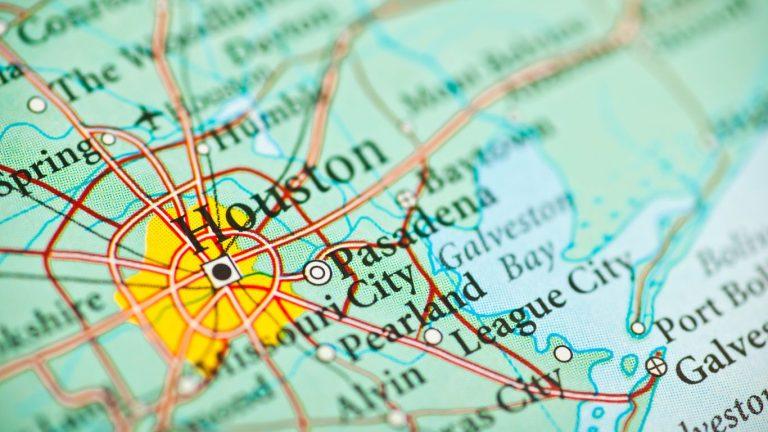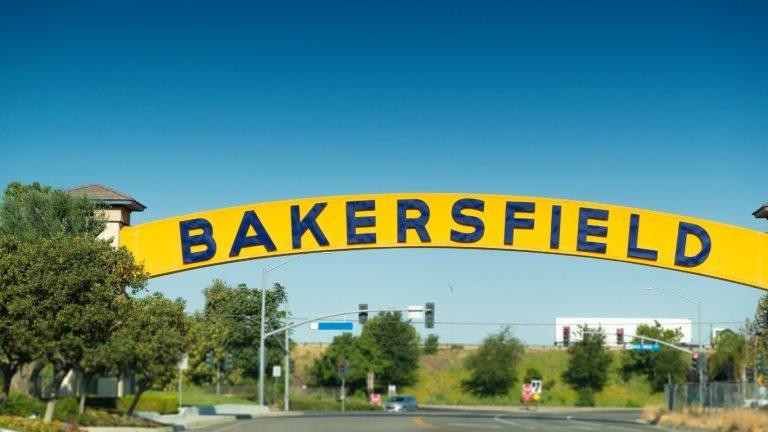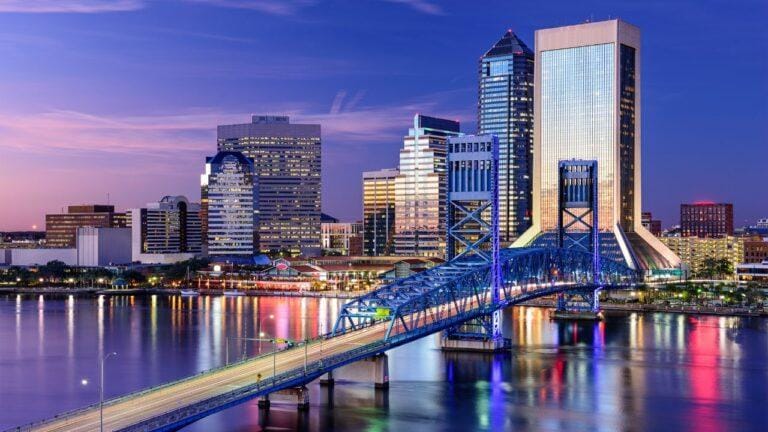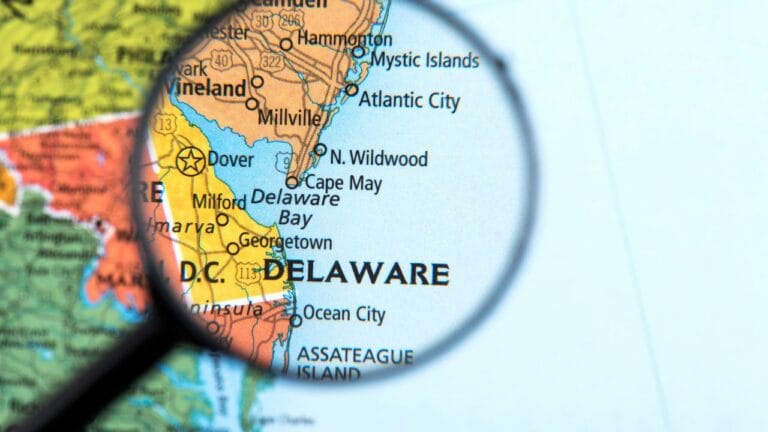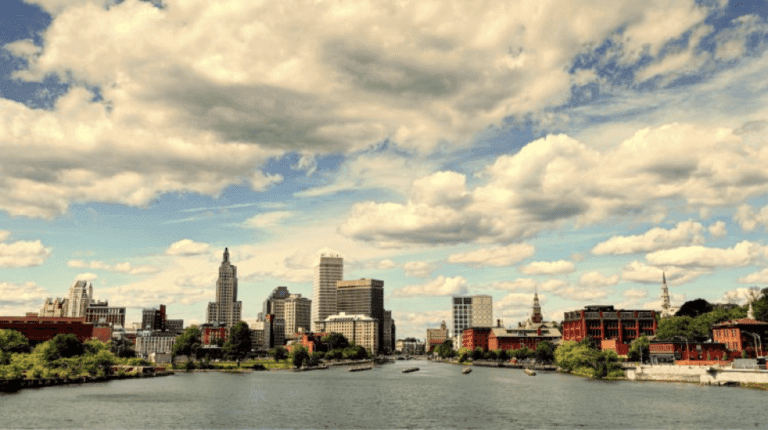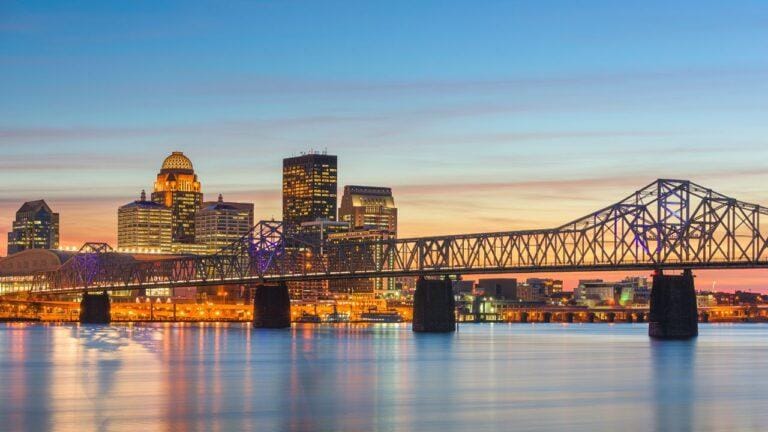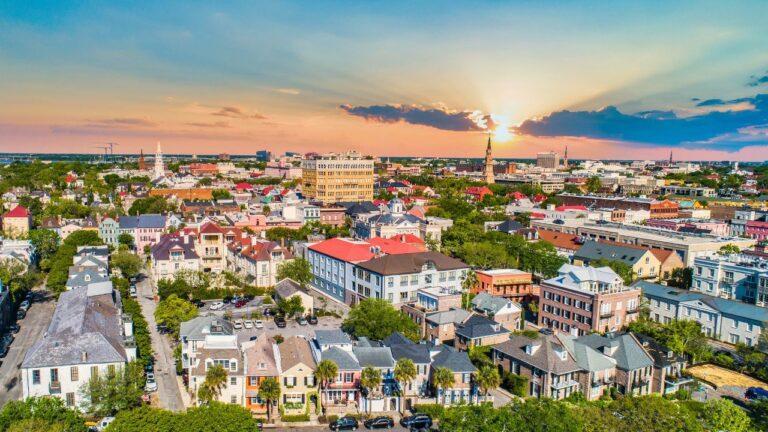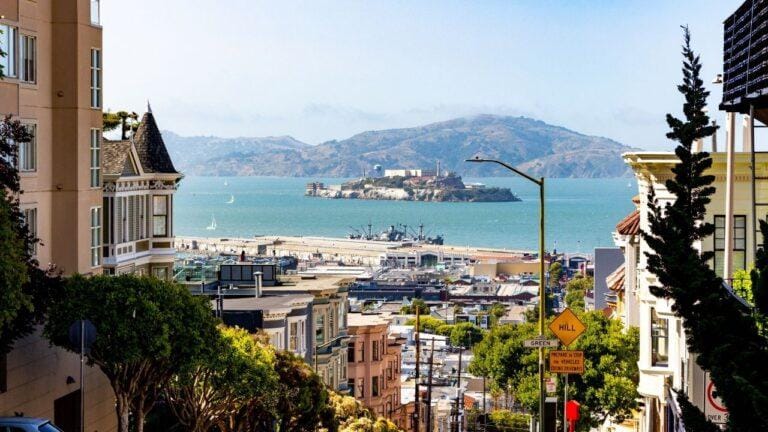Best Places to Live in Houston Texas
Best Places to Live in Houston Texas Nestled in the southeastern region of Texas, Houston stands as a lively mosaic of cultures, offering a unique blend of experiences that reflect its diverse population. From its bustling downtown to its vibrant neighborhoods, Houston pulses with energy, innovation, and opportunity. A Cultural Kaleidoscope Houston’s cultural richness is…

